First, let’s make sure we define yin appropriately in this context. Yin Yoga practices involve long-held, static stresses which are passive. By passive, we mean that we are not engaging muscles to create the stress but using the posture (and the body’s weight or sand bags) to generate the stresses. Now, passive does not mean “no stress” just as active does not mean “stress”. Stress is created in yin and yang forms of yoga; it is just that in yin yoga, the muscles are not engaged, but stress still occurs. In the active styles, larger force may be generated than in the passive styles, but not necessarily. Passive Dangling Pose, for example, can create a large amount of stress along the fascia in the back body even though we are not actively contracting the anterior muscle groups.
In addition to the above point, I don’t see where your instructor would include compressive stresses or loads. Would she say these are active or passive? I don’t think it really matters, what matters is that some postures generate compressive loads, where bones and cartilage are stressed appropriately. Whether this happens through active loading or passive loading is again not the issue. Both forms of practice can create compressive loads.
Second, I don’t agree that these are for “different types” of fascia. This confuses “location” with “type”. There are three normally defined envelopes of fascia around and within a muscle: the epimysium, perimysium and endomysium. These layers are continuous and are not different types of fascia. They merge together and become the tendon, which in turn becomes the periosteum of the bone, which is turn becomes the internal fascial scaffold of the bone. The epimysium, perimysium and endomysium can be considered in parrallel to each other but in series with tendons and ligaments. All of these fascial layers are in turn in parallel to the joint capsules of any joint that they help to articulate.
My article
“A Yin Yoga Perspecting on Serial and Parallel Tissues” will help to explain the above points. I suggest you refer to it. I am not sure what she means by “parallel” and “extra-muscular”. Perhaps she is refering to the transverse fascia that holds the muscles cells together. It is true that when muscles are in concentric contraction, they grow wider (think of bulging biceps) and that fascia is stressed, however, other forms of active muscular engagement, like eccentric contraction, does not “bulge” the muscles.
What does your teacher mean by “efficient”? I would agree that active stretching will affect the tissues she mentioned. However, so does passive stretching. Passive stretches do affect the “extra-muscular” fascia, although I am not sure what she really means by that term.
In my mind, it is all good. I think it is fruitless to argue that one form is “better” than another form of practice. They all have their advantages and disadvantages. Why not do all of them? Active practices cannot be held very long, and thus the fascia cannot undergo full relaxation. Also, if the muscles are active, the joint capsules are never stressed because the muscles contract the joint. Passive practices allow the joint to relax and undergo traction. The nature of the water in the fascia can change from gel to sol state when under a long-held traction. I could go on and on. There are a lot of benefits to the tissues (muscles, fascia, joints, etc.) to passive stresses.
I hope this helps
Cheers
Bernie
